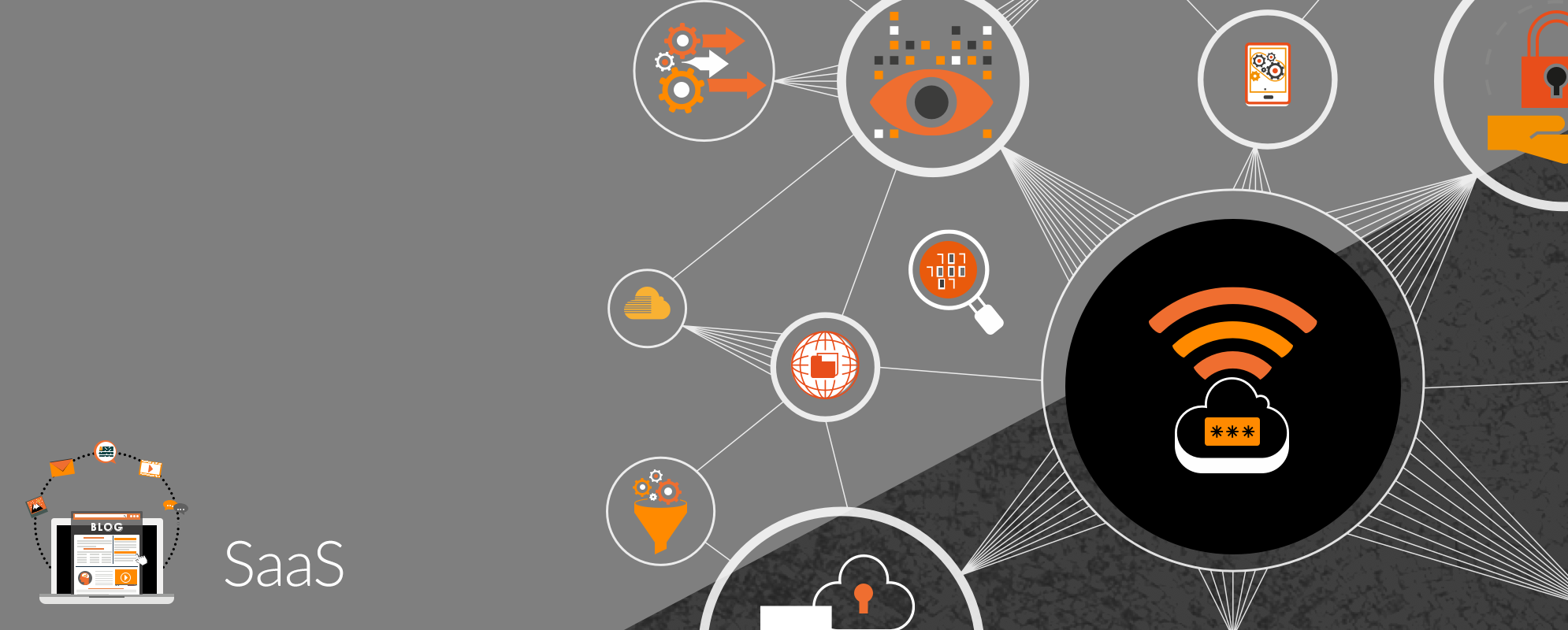Get weekly
HubSpot updates
Today, we’re tackling a terrifying prospect: early churn. Have you lost a customer in the first few months, or even weeks, of working together? Were you able to pinpoint what it was about your business or product that they didn’t like? How did this experience change the way you commenced work with future customers to avoid early churn?
Or perhaps you’re lucky enough to hold on to every customer, offering a smooth and seamless transition from visitor to lead to customer? If so, how would you react if you were to be faced with early churn in future? Do you have provisions in place for early customer dissatisfaction, should it occur?
The likelihood is that we’ve all faced early churn of customers or clients at some point. It’s a blow to your business and hard not to take personally, but – especially in those early years of business, while you’re still aligning your sales and services – it’s a likely eventuality at some point. Each business is different, and each customer will fold for different reasons, but there are at least five common mistakes businesses make when starting out with new clients – are you guilty of any of them?
Churn reason #1: Not managing expectations
It’s no secret that communication issues are often at the heart of dissatisfaction; from delivering an inbound marketing strategy for businesses (like we do) to ordering a meal in a restaurant. If the menu says the steak comes with Béarnaise sauce, then it arrives without: there’s a problem. If customers haven’t been explained to clearly enough, the opportunities for them to feel let down are left wide open. Spell out even the simplest of actions and never assume.
As our very own Director of Growth, John Kelleher, puts it:
"The secret to avoiding churn lies as much in sales as it does in service. If your sales people are doing their job properly, they're outlining a realistic version of what a prospect can expect when they become a customer. That gives you the opportunity to delight your new customers. If the sales team over promises, you're setting your service team up to disappoint the customer."
As John says, it’s about teamwork and showing continuity across every part of your business – if your sales team is promising a free bouquet of flowers with every purchase made, but your service guys have heard no such thing: there’s a problem.
Top tip: Record interactions meticulously – dates, times and content covered in phone calls, email threads and work management tools. Report , report, report – if you show your customer you’re busy working for them, communicating your actions clearly and regularly, their expectations will be better managed.
![]()
Churning reason #2: You apply a one-size-fits-all model
If you don’t see customers as people, and as individuals, they’re going to churn. Showing flexibility, a willingness to meet in the middle and listening to them is so important. Don’t try to palm off a feature of your product on them because “it comes with the package” if they don’t need it. People like to feel listened to and catered for, not squeezed into a cookie-cutter mould for your convenience.
Experian explores the idea of getting personal in their post about customer profiling and segments:
“To be effective, marketing communications should be tailored to individuals, regardless of channel, and the best way to do this is through customer profiling. Customer profiling is a very important first step. Customers are individuals and need to be treated as such. Customer experience is the key battleground in marketing and the best way to improve the customer experience is to be able to tailor it to the preference of each individual.”
Top tip: Get customers to prioritise their top three goals for you. What are the three areas they want to see improvement in first? By getting them to think in evaluatory terms, you’re able to align your actions directly to their goals, showing you aren’t just offering a package deal you roll out to everybody.
Churn reason #3: Not being contactable from the start
Sure, you don’t want to get into a habit of babying your new customers: the behaviour you exhibit and expect in return from the start sets the tone for your future working relationship together. But you have to expect to offer a little more TLC at the beginning of a customer’s journey with you, then gradually remove some of that scaffolding as they grow in confidence and trust.
ESM Inbound Director of Operations, Lucy Seymour, puts this in no uncertain terms:
“Think about it from the client's perspective. If you've been radio silent for a fortnight, and then you get in touch with a single deliverable that's still in draft format, they're going to wonder what the hell you've been doing with all your time and their money.
If your client is the one asking for an update, then that is a massive red flag – you're not communicating enough. They're wondering why they're paying you money. They're wondering if you're generating results that matter. They're wondering if they need you.
Every customer client needs to be contacted weekly. How you do that, is up to you. We use the conversations tool in Hubspot – our customers and our team all communicate through one inbox, so there is no missed communication.”
Top tip: For the first month at least – maybe longer for the right customer – check in with them daily by phone or video call to give them a little update on the progress being made. If there wasn’t any that day, check in with them anyway, even to explain things are as they were the day before and reiterate your movement towards their goals – don’t give them any reason to assume you’ve forgotten about them!

Churn reason #4: Not demonstrating your long-term value
It’s easy to get caught up in the sale during the early days of working with a new customer. Showing off the shiny, quick-win features your product displays and seemingly solving their pain points early on is a tempting, and impressive, way to hook the customer. But the way to distinguish yourself from the next company with a similar product to you, is to help your customer visualise themselves in six months, a year, five years’ time and show them how they can still be using your product. Illustrating how your product will grow and evolve with their business is essential.
The WalkMe team highlights the importance of long-term value in their post about early churn:
“Product features are a great pull to get people interested, but it’s even more important to make sure customers understand the big-picture value of your product. Does the tool provide useful data that will help them solve a business problem? Does it make their employees more productive? Does it automate processes and increase overall efficiency? Rather than focusing on your product’s bells and whistles, centre your customer onboarding around its broader, long-term value."
Top tip: Create a roadmap, or similar document, when you first start out together. In this, create a timeline of how you see their business benefiting from your product way into the future: explain it’s basic capabilities and how these can be used from the start, developing into more sophisticated use of your product’s more advanced features.
Churn reason #5: Forgetting that onboarding and training aren’t the same thing
Onboarding involves implementing systems and making logistical changes. Through this A-to-B setup and ensuring the product is working for your client, you mustn’t forget that training will also be required after this stage. Showering your customer with attention during setup, then vanishing when it’s time for them to use the product themselves doesn’t make for a good onboarding experience with your business.
Steve Penfold from Elucidat explains another benefit of offering training:
“Even if your customers are not running into problems when using your product, are they getting the most from it? Perhaps there are features customers could use that would make their lives easier. Perhaps showing customers an alternative way to use the features they already know would open new opportunities for them.
Having untapped potential in your product does no good for you or your customers. The more empowered your customers are, the more likely it is that other potential customers will hear about your product and want it, too. Providing training is a way for customers to extract the maximum value from your offering.”
Top tip: Once the dust has settled and the customer has had a week or two to get to grips with your product, block out some time to provide a coaching session with them. This is an excellent way to delight your customers and meet their wider team – up to this point it’s likely you’ll only have worked with the decision makers at the business. This can be done through video link or even in person if the context is right – give them hands-on experience of your product, showcasing its nuances and assuring them they made the right choice to work with you.
Avoid these mistakes and you’ll find you build much longer-lasting relationships with your customers – not only will they be far more likely to stay with your business but they’ll be keen to spread the word about the fantastic, smooth onboarding process you gave them – something that a lot of businesses get wrong.

